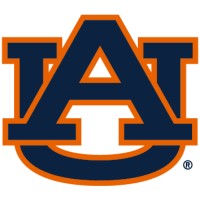
Auburn University
Auburn University is a comprehensive land, space and sea grant research institution blending arts and applied sciences. The university continuously changes to accommodate today's needs, while still respecting the traditions and spirit of Auburn. As we grow and change, Auburn will always continue its tradition of excellence. The main campus had an enrollment during fall of 2017 of 29,776. Auburn University offers degrees in 15 schools and colleges at the undergraduate, graduate and professional levels. Auburn University is known not only for its academic excellence, but also for its impact on Alabama as well. A recent study determined Auburn had a nearly $4 billion economic impact on the state of Alabama, including a $1.5 billion impact on the economy and a $2.4 billion impact in "human capital." Auburn's Technical Assistance Center, a collaborative engineering and business outreach unit, performs hundreds of projects annually for state industry, generating millions of dollars in increased efficiencies and saving or creating hundreds of jobs statewide.






